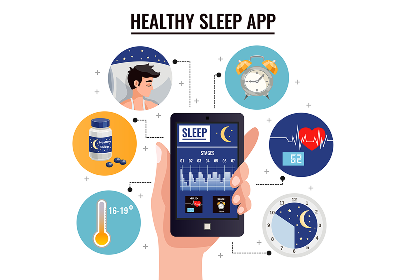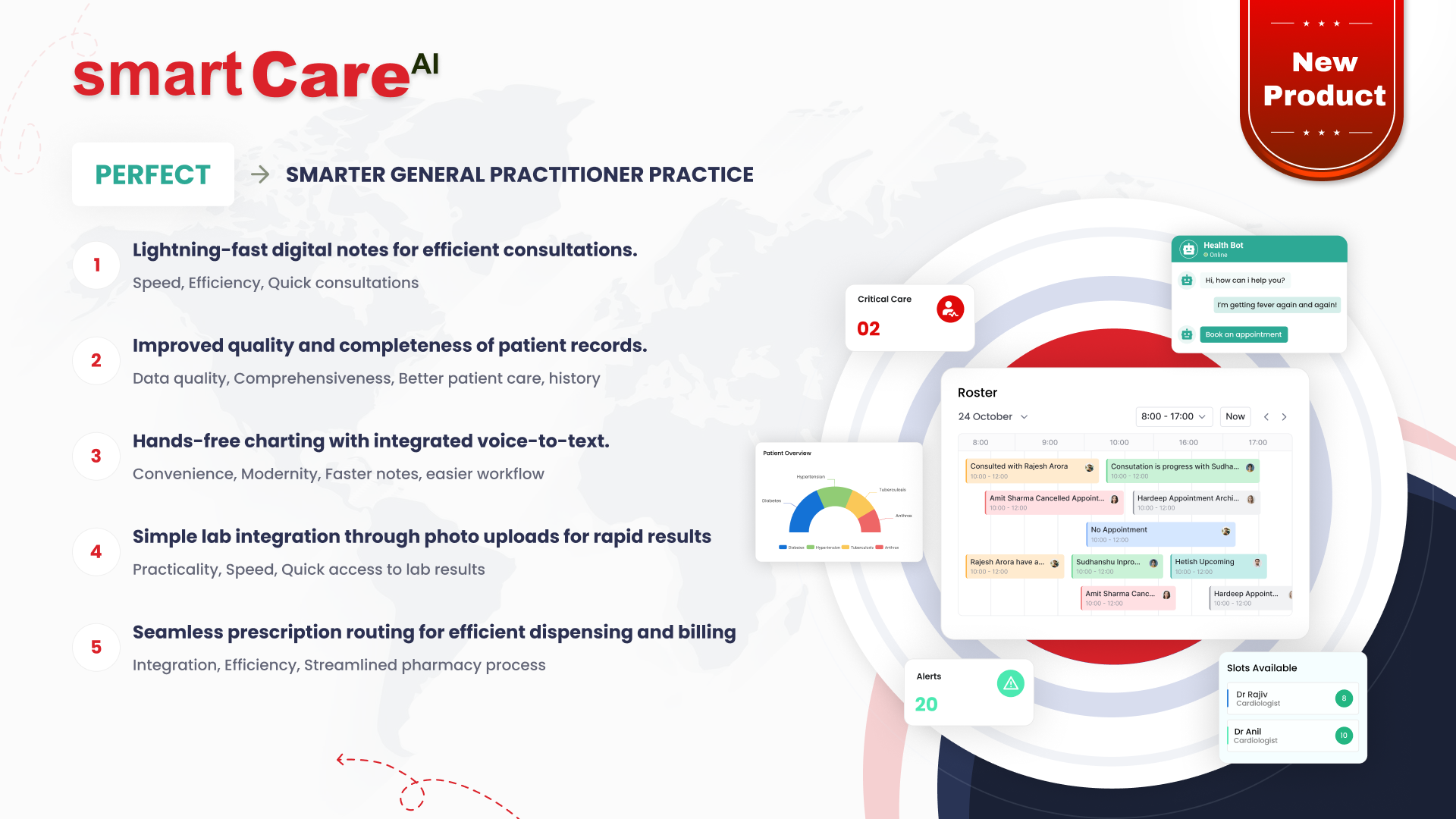Posted On October 9, 2025
The Future of Business Operations: AI-Powered Workflow Automation
In the last decade, automation has moved from a “nice-to-have” to a “must-have” for growing businesses. What began as simple rule-based workflows—moving data from one app to another or sending scheduled notifications—has now evolved into something far more powerful: AI-powered workflow automation.
This shift is not just about efficiency; it’s about reimagining how organizations operate at scale.
From Rules to Intelligence
Traditional automation tools solved repetitive tasks well. But in 2025, businesses need systems that do more than follow a set of rules. They need workflows that:
- Understand context from past interactions or documents.
- Communicate naturally through text, voice, or chat.
- Connect seamlessly across CRMs, databases, APIs, and communication platforms.
- Adapt and scale as new challenges and tools emerge.
AI brings this intelligence layer to automation. With techniques like Retrieval-Augmented Generation (RAG), Large Language Models (LLMs), and Agentic AI, workflows no longer just move data—they analyze, decide, and act.
Tools Powering This Shift
The automation ecosystem is diverse, offering solutions for different levels of complexity and scale:
- Low-code workflow automation: Make.com, n8n, Zapier, Tray.io.
- Enterprise-grade RPA & orchestration: UiPath, Blue Prism, Automation Anywhere.
- Conversational AI platforms: Cognigy, Rasa, Kore.ai.
- Integration-focused solutions: Workato, Parabola, Integromat (legacy).
- Voice & telephony automation: VAPI and similar APIs enabling real-time voice agents, call automation, and transcription-based workflows.
Each category plays a role in building intelligent, interconnected systems, and businesses often combine several to achieve the right balance of automation and intelligence.
Practical Applications
Here’s how AI workflows are already transforming operations across industries:
- Customer Support – AI agents respond to queries with personalized, context-aware answers, escalating only when human expertise is needed.
- Sales & Marketing – Lead data is automatically enriched, scored, and routed to the right team with AI-driven insights.
- Operations – Inventory levels, shipping updates, and service requests are monitored and managed autonomously.
- Finance & Compliance – Transactions are reviewed in real-time for anomalies, with AI flagging potential risks.
These systems don’t replace teams—they free them from repetitive tasks so they can focus on strategy and creative problem-solving.
Building an Ecosystem, Not Just Workflows
The real value comes when organizations move beyond isolated automations and start creating an ecosystem of intelligent workflows. This could include:
- Multi-agent collaboration where AI systems hand off tasks between departments.
- Analytics dashboards for tracking efficiency and identifying bottlenecks.
- Reusable modules that allow workflows to be adapted quickly across teams.
- Edge AI integrations for industries like logistics, healthcare, or IoT.
When designed this way, automation doesn’t just save time—it reshapes how entire businesses operate.
Market Outlook
The momentum is undeniable. The global workflow automation market is projected to exceed $78 billion by 2033. At the same time, Gartner predicts that by 2026, three out of four businesses will rely on AI-driven automation to remain competitive.
These numbers highlight a simple truth: companies that embrace intelligent automation today will be tomorrow’s market leaders.
The AI Layer: What’s Possible Now
Several branches of AI are converging to make this possible:
- LLMs & NLP – enabling natural communication and text understanding.
- RAG – ensuring AI responses are grounded in real, up-to-date business data.
- Agentic AI – allowing systems to take action and make decisions autonomously.
- GenAI – generating content, reports, and summaries within workflows.
- Multi-Modal AI – processing not just text, but also documents, voice, and images.
- XAI (Explainable AI) – providing transparency into automated decisions.
- Edge AI – running intelligence close to physical devices for faster response times.
Each layer adds capability, and together they form the foundation for intelligent, adaptive business systems.
Looking Ahead
AI-powered workflow automation is no longer experimental—it’s the new operating model for modern businesses. The challenge is no longer whether companies should automate, but how intelligently and sustainably they can build their automation ecosystems.
The organizations that succeed will be those that design workflows not just to work, but to learn, adapt, and scale.
Takeaway: Workflow automation has moved beyond simple rules into the era of intelligent, AI-native systems. Businesses that invest now in building adaptable ecosystems will see massive reductions in manual work, improved decision-making, and a long-term competitive edge.








